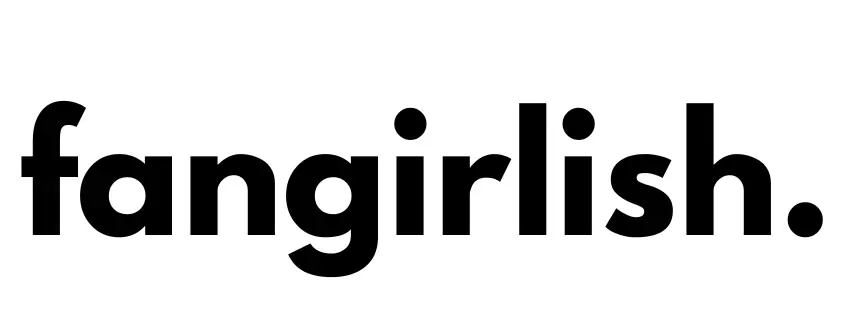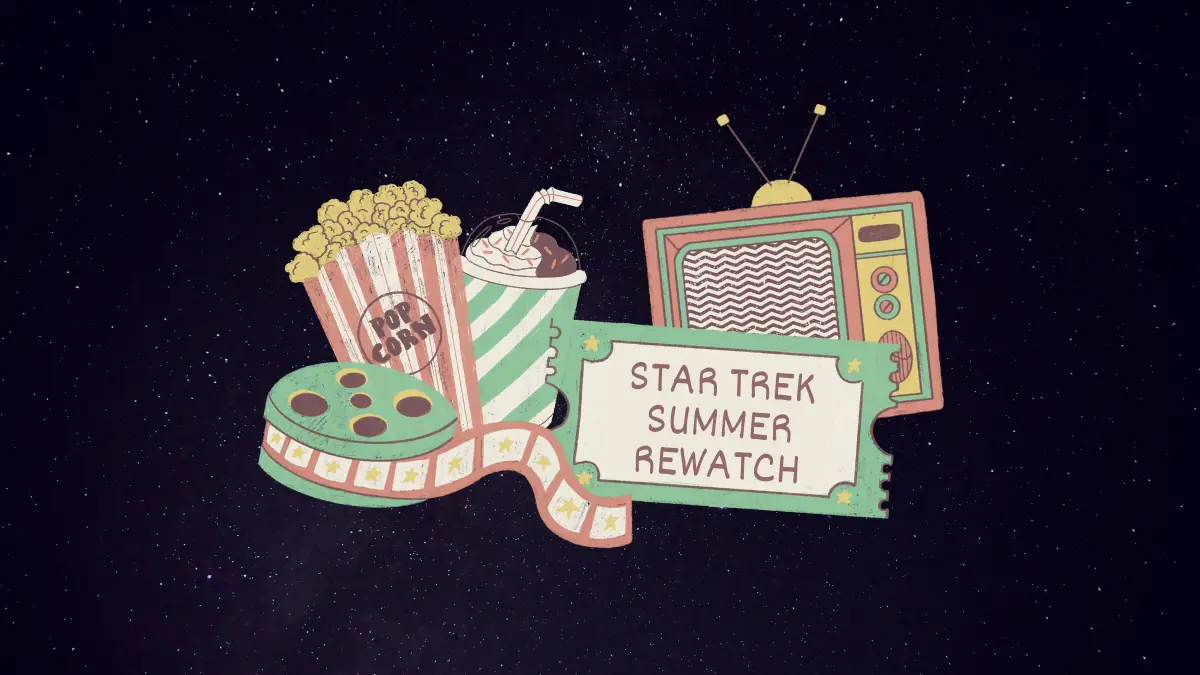Grab some popcorn and sour gummi worms! It’s time for the second installment of my Star Trek summer rewatch! This week’s look back is 1982’s Star Trek II: The Wrath of Khan. This one is widely heralded as one of the best if not the best of the Star Trek: The Original Series films, so it’s worth checking out. But first, if you’ve not watched the Star Trek: The Original Series episode, “Space Seed” in recent memory, I would highly recommend doing so before watching Star Trek II: The Wrath of Khan. Here’s the trailer for the film.
Now, if you’ve watched that, let’s jump into my thoughts on Star Trek II: The Wrath of Khan.

What Works: Establishing Star Trek Tentpoles
There are two subjects that keep being reprised in modern Trek. The first is the Kobayashi Maru test. Star Trek II: The Wrath of Khan serves as the introduction to this infamous “No Win Scenario” test. The lesson it teaches has been revisited in nearly every Star Trek series since this film’s release, as well as Star Trek (2009). In most recent memory, Star Trek: Prodigy 1×06 “Kobayashi” and Star Trek: Discovery 4×01 “Kobayashi Maru,” each highlight different thematic ideas surrounding the test. Let’s put it in context: this is a 40+ year-old idea that keeps resurfacing in Star Trek. To call it a “tentpole” might be an understatement.
The second tentpole that modern Star Trek can’t seem to let go is Khan himself. There are so many connections to Khan or nods to Khan in modern Trek that frankly, it can be a little exhausting. Star Trek: Picard 2×10 showed his name on a folder in Dr. Soong’s possession. Star Trek: Strange New Worlds is toying with a bit of Khan canon and having one of his descendants on board the Enterprise with La’an Noonien-Singh. Also, you can’t tell me that they didn’t name her La’an without smirking about her name rhyming with Khan.
While “Space Seed” is one of the more iconic episodes of Star Trek: The Original Series, I think Star Trek II: The Wrath of Khan truly cements Khan as one of the most odious Star Trek villains. Love him or hate him, Khan is here to stay.

What Works: Emotional Stakes
What makes Wrath of Khan work so well, and what gives it its narrative staying power all these years later is the strong dramatic performance from Ricardo Montalban. Who would have thought that a one-episode guest performance in 1967 from him would beget such a bold and exciting film 15 years later? If you’re not familiar with the late, great Ricardo Montalban, his resume is worth checking out for genre fiction fans. His acting career began in 1941, and over the years he’s starred in classic genre films and television series, including Alfred Hitchcock Presents, The Man from U. N. C. L. E., two of the original Planet of the Apes films, and more.
His relentlessness as Khan takes on a Shakespearean quality, which is appropriate, as Montalban did some Shakespeare in his time. He sells his cruelty and malice brilliantly. It’s no wonder the name Khan gets bandied about all these years later.
Spoilers Ahead
There’s one other big emotional moment that I must mention in this review, so if you’ve not seen Star Trek II: The Wrath of Khan, consider this your one and only SPOILER ALERT for the rest of this paragraph. Spock’s ultimate sacrifice and his final words, “The needs of the many outweigh the needs of the few…or the one,” are emotionally devasting. Even though I know it’s coming, I still “brace for impact” and get my tissues ready. And truthfully, “The needs of the many outweigh the needs of the few…or the one,” is a Star Trek tentpole as well. It’s a driving force ideology that, while not always said explicitly, is present thematically in numerous Star Trek stories.
And of course, who could forget Kirk’s iconic, “KHAAAAAAAAAAAAAAAAAANNNN!” scream? With this kind of emotional impact, Wrath of Khan is still bringing the feels all these years later, which makes it worth checking out today for your Star Trek Summer Rewatch.

What Works: Gorgeous Score
While Jerry Goldsmith set the bar incredibly high with his score for Star Trek: The Motion Picture, I think Academy Award winner James Horner created its equal with Star Trek II: The Wrath of Khan. Modern Trek draws continually on the musical themes from Wrath of Khan. In particular, the most recent season of Star Trek: Picard. Horner would also be tasked with scoring this film’s sequel, Star Trek III: The Search For Spock. Horner also has a small cameo in the film, which is a good bit of fun. Sadly, we lost James Horner all too soon in 2015 when he died in a solo plane crash. While the music world is the worse for his passing, he left many gorgeous works behind for us to enjoy for years to come, with his Star Trek work being among his most iconic.

Final Thoughts
Normally, I’d have a section labeled “What Doesn’t Work,” but to be honest, I don’t really have any complaints about Star Trek II: The Wrath of Khan. It’s easy to see why it’s one of the most beloved films in the Star Trek canon and it makes for a great summer watch as well. Aside from its original release on June 4, 1982, it has all the action and excitement you want out of a summer blockbuster.
Director Nicholas Meyer would go on to write and direct Star Trek VI: The Undiscovered Country, as well as write Star Trek IV: The Voyage Home aka “The One with the Whales.” Meyer has also written tons of Star Trek novels and has served as a consulting producer on Star Trek: Discovery. I hope Meyer helms more Star Trek projects in the future, but even if he doesn’t, he’s got quite a few pips in his collar with Star Trek.
Set your hailing frequencies to Fangirlish for the next installment of my Star Trek Summer Rewatch with Star Trek III: The Search For Spock.
What do you think about Star Trek II: The Wrath of Khan? Leave me a comment and let’s talk Trek.
Star Trek II: The Wrath of Khan is currently available for rental from your local video store, preferred digital rental service, or available in physical format from your preferred video retailer.

